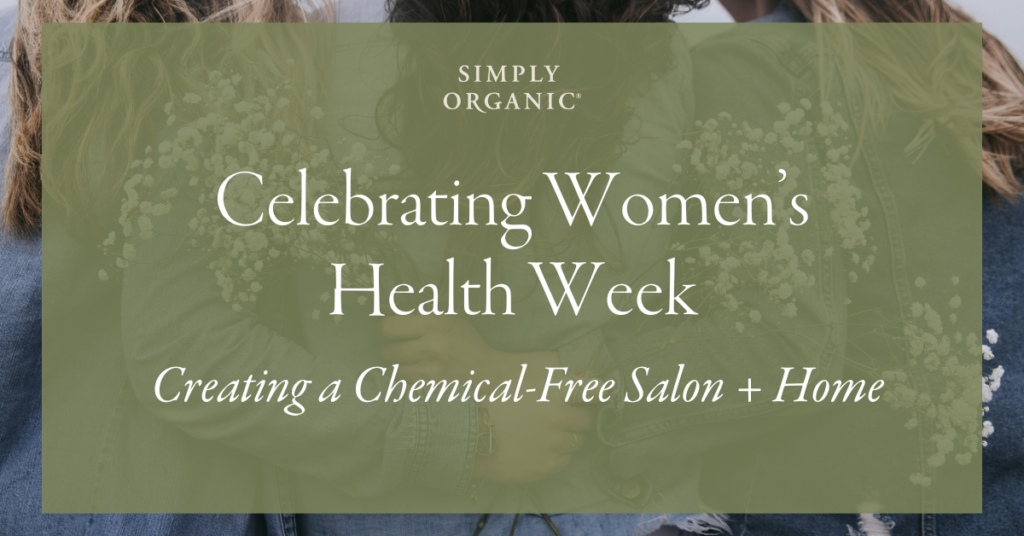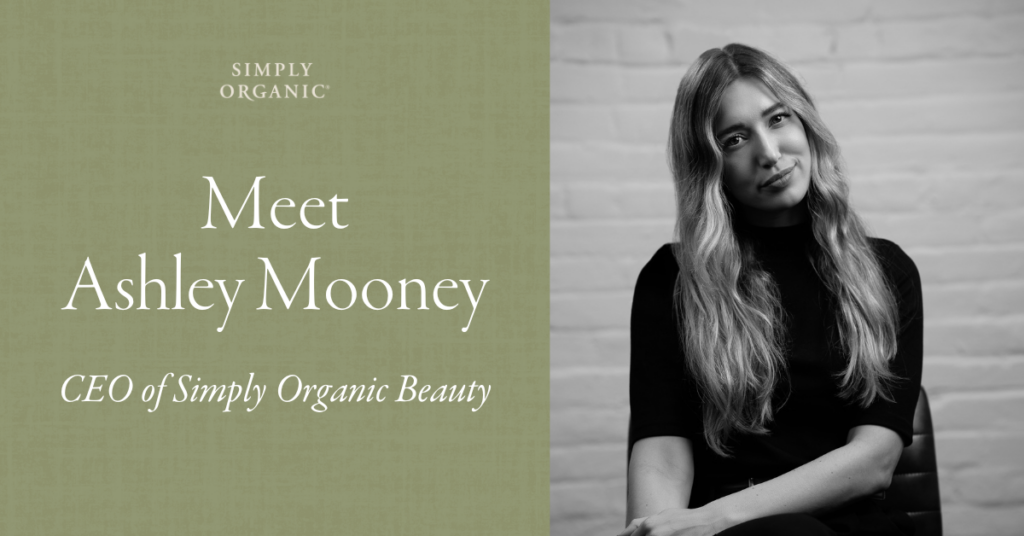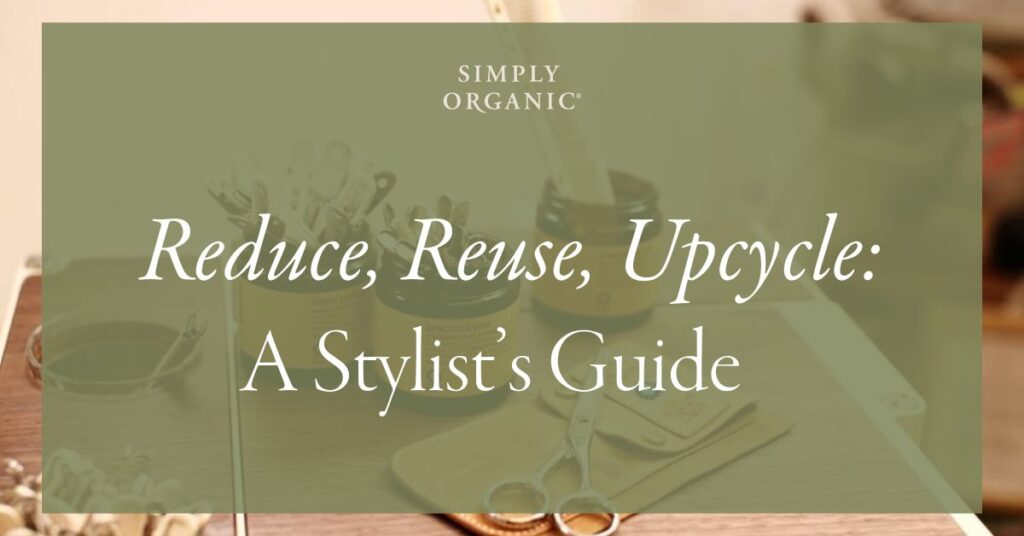In recent years, the role of packaging in branding and marketing has become more important than ever. In fact, the packaging is now considered an integral part of the “marketing mix.” This comes as no surprise as consumers are becoming more and more visual.
However, many beauty companies tend to focus more on the front label, stamping it with attention-grabbing designs and a laundry list of adjectives to catch the consumer’s attention. But behind the clever packaging are often overlooked details that deserve more attention. The back label is where you can find all the important information you need. These are the smaller texts and symbols that may seem insignificant at first glance but are in fact all you need to determine the quality of the product.
Below are the key elements to take note of when you go shopping for beauty products.
Ingredients List
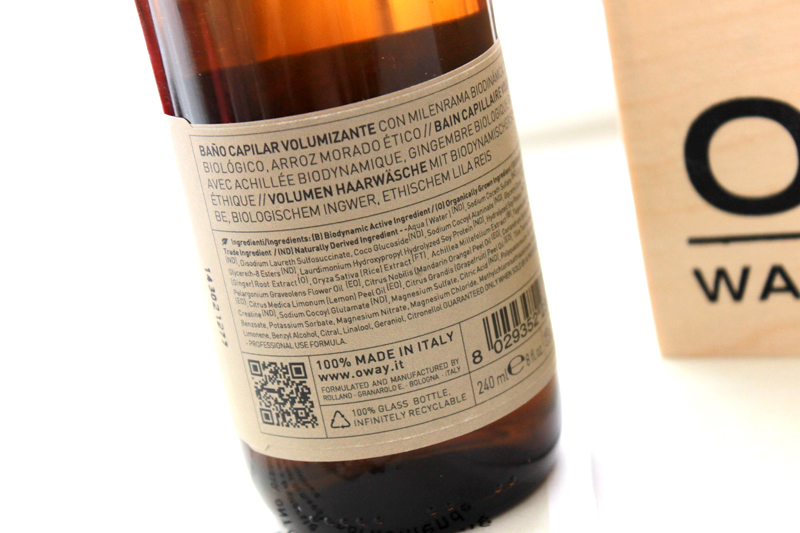 According to the US Food & Drug Administration (FDA), ingredients must be declared in descending order of predominance.1 This means that the ingredient with the largest amount in the product comes first. So if an ingredient is listed near the end, there’s only a very small percentage of that ingredient present in the product.
According to the US Food & Drug Administration (FDA), ingredients must be declared in descending order of predominance.1 This means that the ingredient with the largest amount in the product comes first. So if an ingredient is listed near the end, there’s only a very small percentage of that ingredient present in the product.
It is important to note, however, that some ingredients only need low percentages in order to work, so you might find those at the end of the list.
Shelf Life
Remember that little open jar icon often found at the corner or bottom of the label? It is the PAO symbol, which means Period After Opening. The number and M in it indicate the number of months the product is safe to use after it is unsealed.
If you cannot locate the PAO symbol, the product may be using the Best Before End Date symbol or BBE, which looks like either an hourglass or egg timer. The European Union requires all cosmetics to use either of these symbols. In contrast, the FDA does not require any expiration dates printed on the label, because according to the agency, it is the manufacturers’ responsibility to make sure their products are safe.2
Certifications
The cosmetics industry in the US is highly unregulated.
While the US Department of Agriculture offers the USDA Organic seal for products claiming to have organic ingredients, the FDA does not have the legal authority to approve cosmetics before they go on the market (except when they contain additives).3
So who checks these beauty products for harmful chemicals? The answer is no one. As a result, countless products containing toxic ingredients can enter the market without restriction.
But thanks to private and non-government organizations such as Ecocert, PETA, and Coalition for Consumer Information on Cosmetics (Leaping Bunny), you can rest easy knowing that you’re getting the right products for your needs.
- USDA Organic – The USDA Organic or Certified Organic seal signifies that at least 95% of the ingredients are certified organic and free of synthetic additives like pesticides, preservatives, dyes, among others.
- Ecocert Organic/Natural – Similar to USDA Organic, an Ecocert Organic symbol on the label means at least 95% of the plant-based ingredients, and at least 10% of them by weight are organic. On the other hand, Ecocert Natural signifies that least 50% of the product’s plant-based ingredients and at least 5% by weight are organic.
- PETA – Products bearing PETA’s cruelty-free logo indicates that the company provided a signed assurance or statement verifying that they do not conduct or commit any animal tests on their ingredients.
- Leaping Bunny – This certification means that the company has voluntarily pledged that their products are 100% clear of animal testing from all stages of product development.
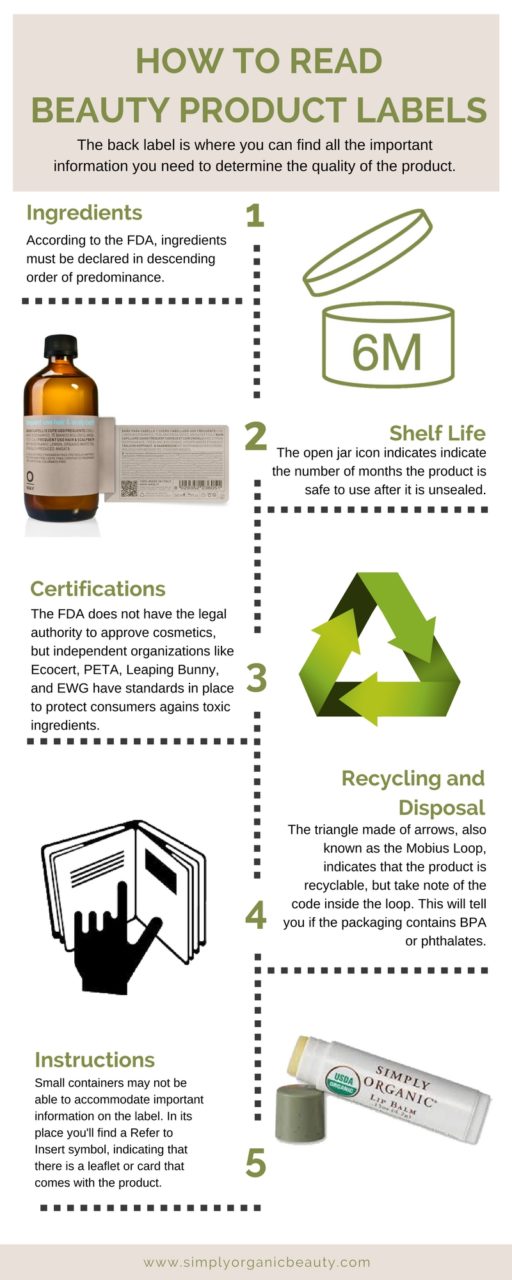
Recycling and Disposal
We’ve all seen that triangle made of arrows, also known as the Mobius Loop, but not many of us know what it truly stands for. Yes, it does mean it’s recyclable, but the amount that can be recycled will depend on the numerical code indicated inside the loop. Furthermore, the code will help you determine which packaging is safe and does not leach into the product. Plastic packaging labeled with codes 1, 3, 6, and 7 are said to be more likely to contain phthalates and BPA.
Because Organic Way’s packaging is made of glass, you won’t be able to find a number in the loop. This means that the packaging is 100% safe and infinitely recyclable. However, if you decide not to recycle, the trash bin icon (usually placed near the loop) is a reminder to throw it in the appropriate recycling bin.
Instructions
Sometimes the packaging is unable to fit all the required information on the label, like usage instructions and product warnings. In their place, you’ll find a Refer to Insert symbol which looks like a hand pointing at an open book. This symbol means that you’ll find all important information in a leaflet or card.
Below is a comprehensive guide on how to understand Oway labels:
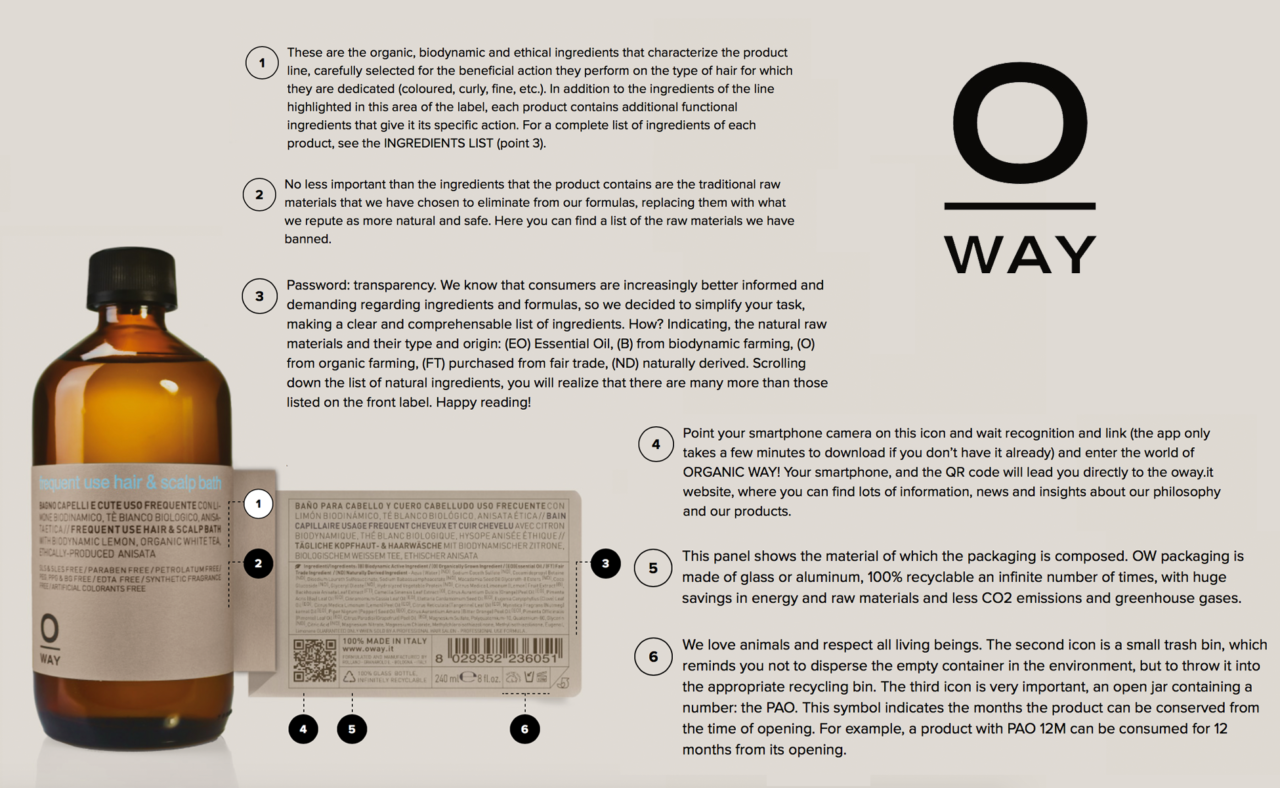
Sources:
1 US Food & Drug Administration. Cosmetic Ingredient Labeling. Available: https://www.fda.gov/cosmetics/labeling/regulations/ucm126444.htm#clga
2 US Food & Drug Administration. Shelf Life/Expiration Dating. Available: https://www.fda.gov/Cosmetics/Labeling/ExpirationDating/ucm2005204.htm
3 US Food & Drug Administration. FDA Authority Over Cosmetics: How Cosmetics Are Not FDA-Approved, but Are FDA-Regulated. Available: https://www.fda.gov/cosmetics/guidanceregulation/lawsregulations/ucm074162.htm


